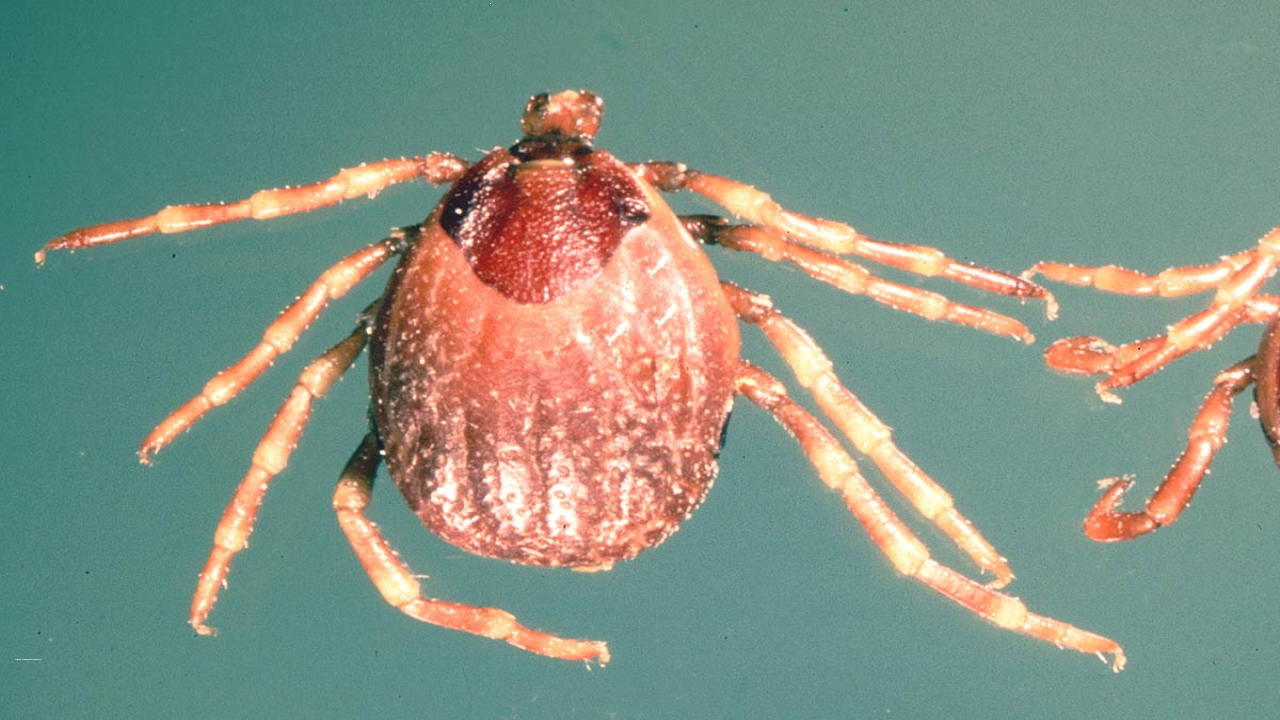Crimean-Congo Hemorrhagic Fever (CCHF)
Crimean-Congo Hemorrhagic Fever (CCHF) is a disease caused by a tick-borne virus of the Bunyaviridae family. It is currently spreading across regions such as Europe, Africa, and the Middle East.
Primary Hosts and Transmission
Cattle, sheep, and goats serve as the primary hosts of the CCHF virus. Humans can contract the virus through two main modes of transmission: tick bites and contact with the blood of infected animals. These modes of transmission explain why a majority of CCHF cases occur in individuals associated with the livestock industry.
Recognition by a Prominent Organization
The World Health Organization (WHO) recognizes the severity of CCHF and includes it on its list of pathogens that have the potential to cause outbreaks and pandemics. This distinction highlights the public health risk associated with CCHF due to its epidemic potential and the insufficient countermeasures available.
Symptoms and Fatality Rate
One prominent symptom of Crimean-Congo Hemorrhagic Fever is the presence of fever. However, as the illness progresses, individuals may experience dizziness, headache, backache, muscle pain, sore eyes, and photophobia. Advanced stages of the disease can lead to confusion, mood swings, abdominal pain, rashes, increased heart rate, and enlarged lymph nodes. In severe cases, hepatitis, rapid kidney deterioration, liver failure, or pulmonary failure may occur.
The fatality rate of CCHF ranges from 10% to 40%. Typically, deaths occur during the second week of illness, emphasizing the seriousness of the disease.
Duration and Vaccine Availability
The illness caused by CCHF typically lasts for approximately two weeks. Patients who recover generally exhibit signs of improvement after nine to ten days. Unfortunately, there is currently no known vaccine available for CCHF. Treatment primarily focuses on symptom management, including fluid balance monitoring, oxygenation, hemodynamic support, and correcting electrolyte abnormalities.
Month: Current Affairs - July, 2023
Category: International / World Current Affairs • Science & Technology Current Affairs


